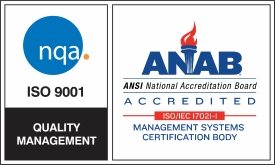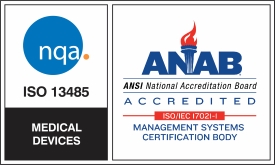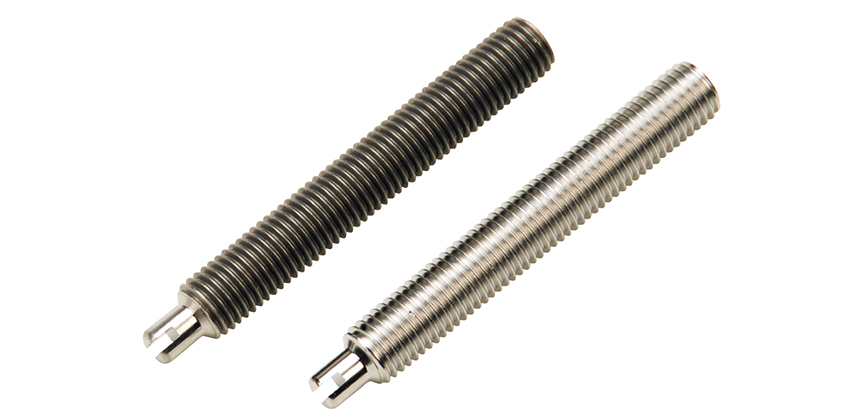Passivation is an acid-cleaning process designed to remove free iron from the surface of stainless steels. This process is an essential step in removing foreign matter from the surface of the metal and creating a chromium-rich layer that is resistant to corrosion. The process effectively prolongs the part’s lifespan. Passivation can be the differentiating factor between acceptable performance and untimely part breakdown.

Many regulatory bodies and standards, specifically call out parts to be passive. ASTM A967 and B912 are such examples. To meet these standards, engineers and part manufacturers must passivate and test their parts. However, passivation alone is no guarantee that parts will be sufficiently passive to meet stringent industry standards and requirements.
Engineers can use a variety of tests to assess a part’s passive state and overall corrosion resistance including:
Salt Spray Testing
The salt spray test is one of the most common corrosion resistance tests. The parts are placed in a closed testing container, where a saltwater solution is applied using pressurized air and spray nozzles. This produces a corrosive environment of dense saltwater fog in the chamber, so that test parts are exposed to harsh, potentially damaging conditions. This method is an accelerated corrosion test that implements concentrated corrosive properties to stainless steel samples to assess the durability of the finish. The samples are examined for signs of rust after being subjected for a predetermined period of time.
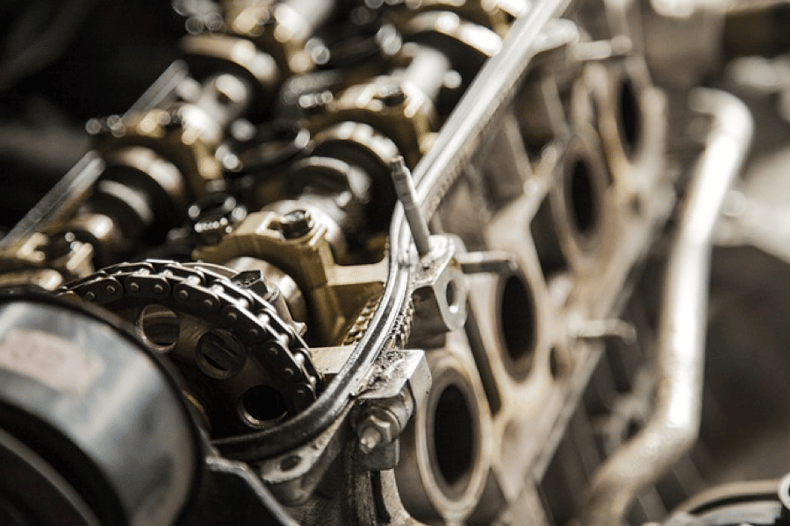
Cyclic Corrosion or Humidity Testing
Humidity can break down metal parts to a measurable degree. As the name suggests, this test involves exposure to various climates that are cycled automatically so the samples being tested are subjected to a changing environment not unlike the natural world. Testing environments known as Highly Accelerated Stress Scan (HASS) or Highly Accelerated Life Test (HALT) chambers provide a range of humidity/temperature environments for the testing of metal parts and assemblies. . Collectively, these tests are referred to as accelerated stress testing (AST). Information gleaned from humidity testing can be important in the selection of materials and finishing methods. The outcome of testing can help predict the expected lifetime of a product and can prevent choices that lead to premature part failure.
Copper Sulfate Testing
The copper sulfate test detects the presence of iron and iron oxide on the surface of passivated stainless steel. Within a six-minute test, a copper film will form if free iron is present. These patches indicate a poorly passivated surface and the parts are considered unacceptable.
Ferroxyl Test
If traces of free iron or iron oxide are objectionable for the part’s desired application, the ferroxyl test can reveal the presence of these residues. During this test, engineers soak a filter paper with the mixed potassium ferricynide/nitric acid solution and apply it to the surface to be checked. If free iron is present, the surface will turn blue within 30 to 60 seconds. This test should be used for iron detection on austenitic 200 and 300 series stainless steels. The test is not recommended for use on ferritic or martensitic 400 series stainless steels.
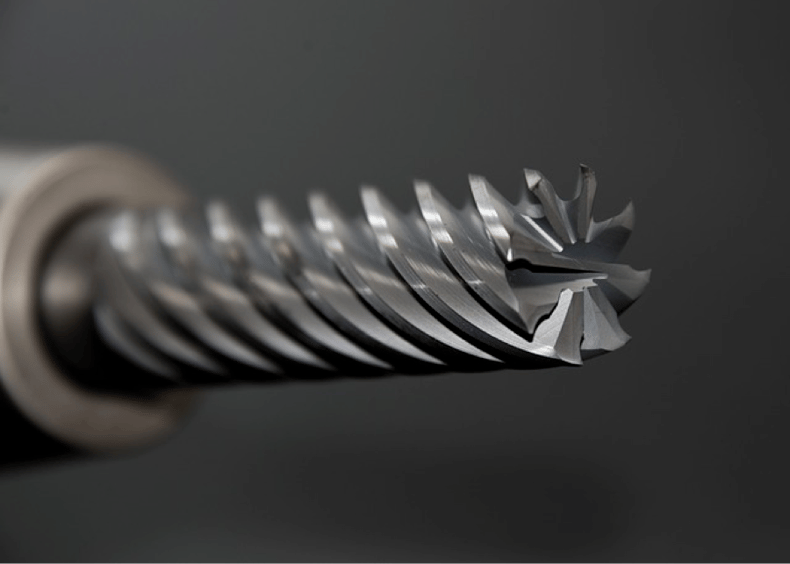
When Passivation Isn’t Enough
Passivation is only designed to remove the free iron from the surface. It will not remove the free iron embedded in the pores of the metal. And with certain stainless steel alloys, passivation can actually be detrimental to the part causing intergranular attack. In these instances, electropolishing is often a better option.
Often referred to as a “reverse plating process,” electropolishing will enhance corrosion resistance on a wide variety of metal alloys. Although most frequently used on stainless steels, electropolishing offers corrosion resistance on other alloys such as copper, nickel and carbon steel. Due to the versatility and superior effectiveness, electropolishing is fast becoming a replacement process for passivation because it also offers other finishing benefits in just one operation.
Engineers needing to pass rigorous salt spray and humidity tests have successfully employed electropolishing for a more assertive replacement. The process completely sanitizes the surface layer of the metal part, erasing deeply imbedded contamination. Profoundly contaminated surfaces such as machined parts, welded or brazed assemblies that typically do not respond to passivation alone are ideal candidates for electropolishing.
